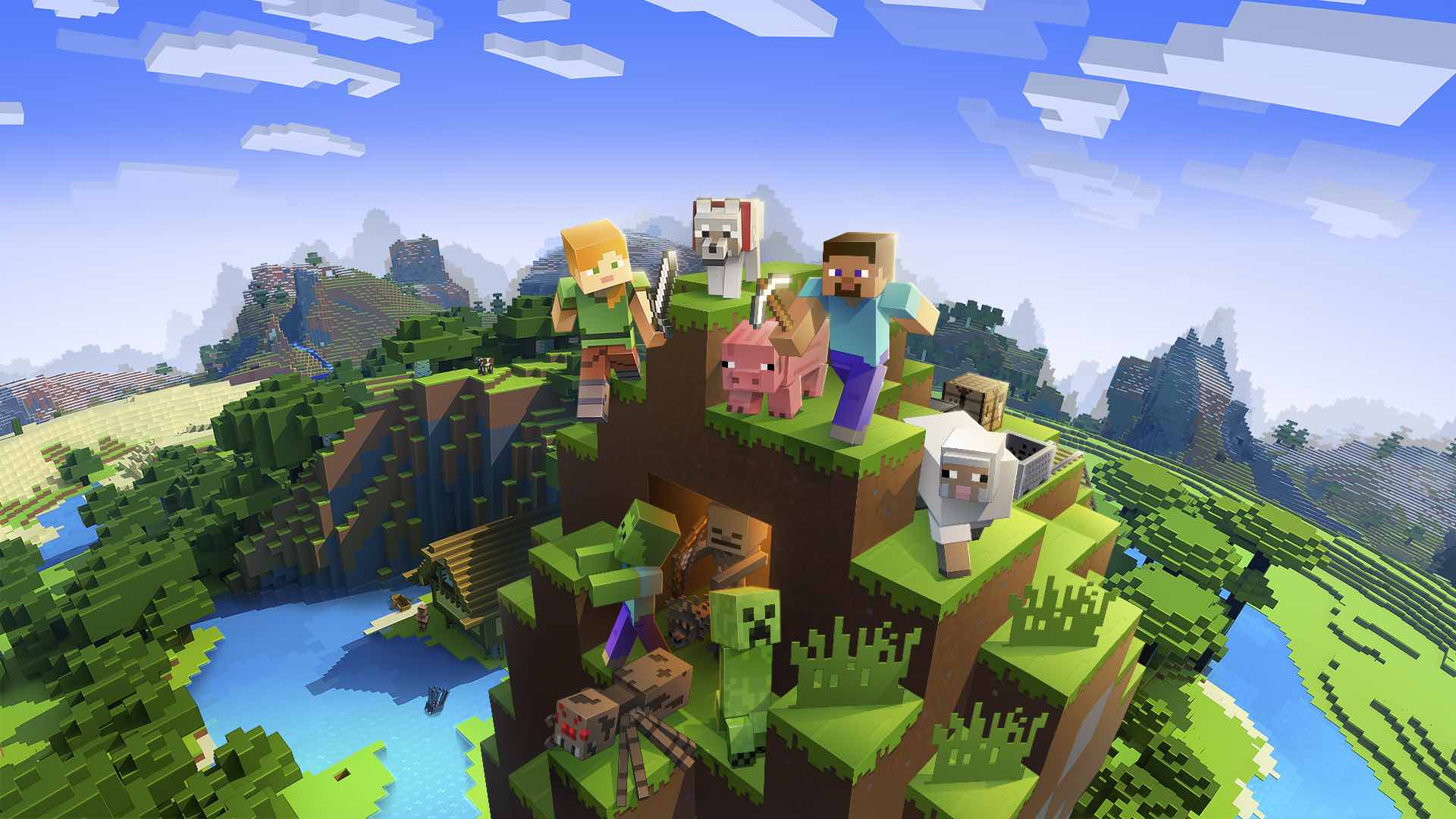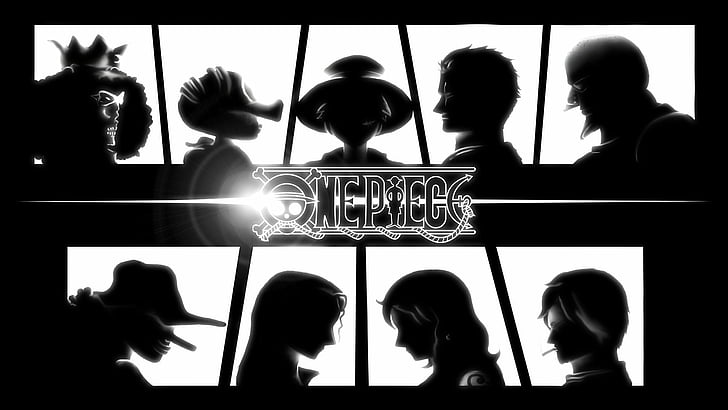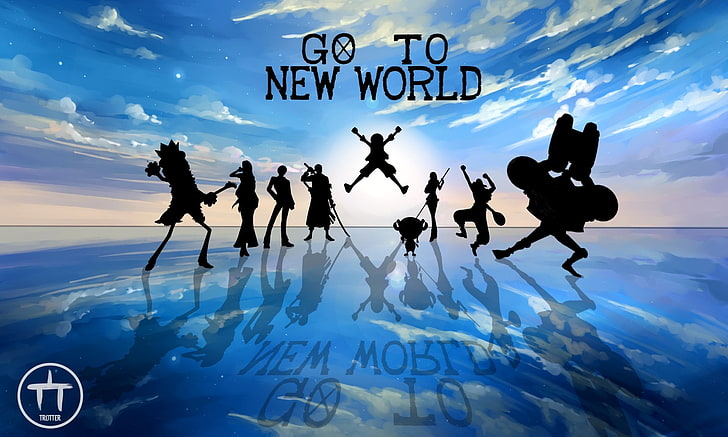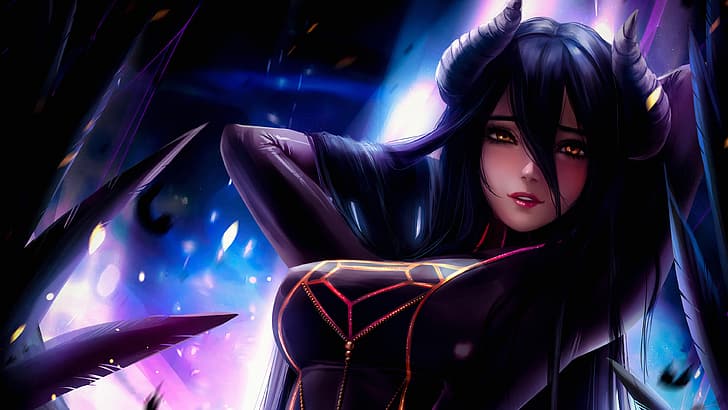
GPT-4 plays MineCraft like a pro
The underlying technology behind ChatGPT, developed by AI researcher Linxi "Jim" Fan and his colleagues at Nvidia, holds immense potential beyond its conversational abilities. They have found a method to unleash the formidable language model GPT-4, which powers ChatGPT and various other applications and services, into the virtual world of the popular blocky video game, Minecraft.
The team at Nvidia, including Anima Anandkumar, director of machine learning at the company and a professor at Caltech, has developed a Minecraft bot called Voyager. Utilizing the power of GPT-4, this bot is capable of solving in-game challenges. By leveraging the language model, Voyager generates objectives that guide the agent's exploration and generates code to enhance the bot's gaming skills over time.
Although Voyager does not play the game like a human player, it interacts with the game state directly through an API. For example, when observing a fishing rod in its inventory and a nearby river, it employs GPT-4 to suggest the goal of engaging in fishing to gain experience. Voyager then utilizes this goal to generate the necessary code through GPT-4, enabling the character to accomplish the objective.
A particularly groundbreaking aspect of the project is the code generated by GPT-4 to imbue Voyager with new behaviors. In cases where the initially suggested code doesn't execute flawlessly, Voyager employs error messages, game feedback, and a description of the code provided by GPT-4 to iteratively refine and enhance its programming. This iterative process allows Voyager to continually improve its abilities and adapt to the challenges encountered within the game.
As time progresses, Voyager accumulates a vast repertoire of code, enabling it to learn and create increasingly intricate structures and delve deeper into the Minecraft world. The researchers have illustrated Voyager's capabilities through a chart, highlighting its superior performance compared to other Minecraft agents. Voyager obtains over three times the number of items, explores more than twice the distance, and constructs tools with a remarkable speed 15 times faster than other AI agents.
According to Fan, the methodology holds potential for further enhancement by incorporating visual information from the game into the system. This addition would provide Voyager with a visual understanding of its surroundings, potentially unlocking even more advanced capabilities in the future.
While chatbots like ChatGPT have captured attention with their impressive conversational abilities and seemingly vast knowledge, even if they occasionally generate incorrect information, Voyager demonstrates the enormous potential of language models to perform practical tasks on computers. This application of language models opens the door to automating numerous routine office responsibilities, which could potentially lead to significant economic impacts as one of the technology's most significant contributions.
The approach employed by Voyager, utilizing GPT-4 to navigate Minecraft, holds promise for adapting it into a software assistant capable of automating tasks on PCs or phones through the operating system. OpenAI, the company behind ChatGPT, has expanded the bot's capabilities by incorporating "plugins" that enable interactions with online services like Instacart. Additionally, Microsoft, the owner of Minecraft, is training AI programs to play the game, and they have recently introduced Windows 11 Copilot, an operating system feature that leverages machine learning and APIs to automate specific tasks. The idea of experimenting with this technology within Minecraft, where the potential impact of flawed code is limited, appears favorable.
It's worth noting that video games have long served as a testing ground for AI algorithms. AlphaGo, the machine learning program that achieved mastery in the complex board game Go in 2016, first cut its teeth by playing simpler Atari video games. AlphaGo utilized reinforcement learning, a technique that trains algorithms through positive and negative feedback, such as scores within the game. However, applying this method to guide an agent in an open-ended game like Minecraft poses greater challenges. In Minecraft, where there are no predefined scores or objectives, and where the consequences of a player's actions may not manifest immediately, reinforcement learning faces increased complexity. Regardless of the ongoing discussions surrounding the need to address the existential threat of AI, Minecraft emerges as an excellent testing ground for further exploring and refining AI technology.









